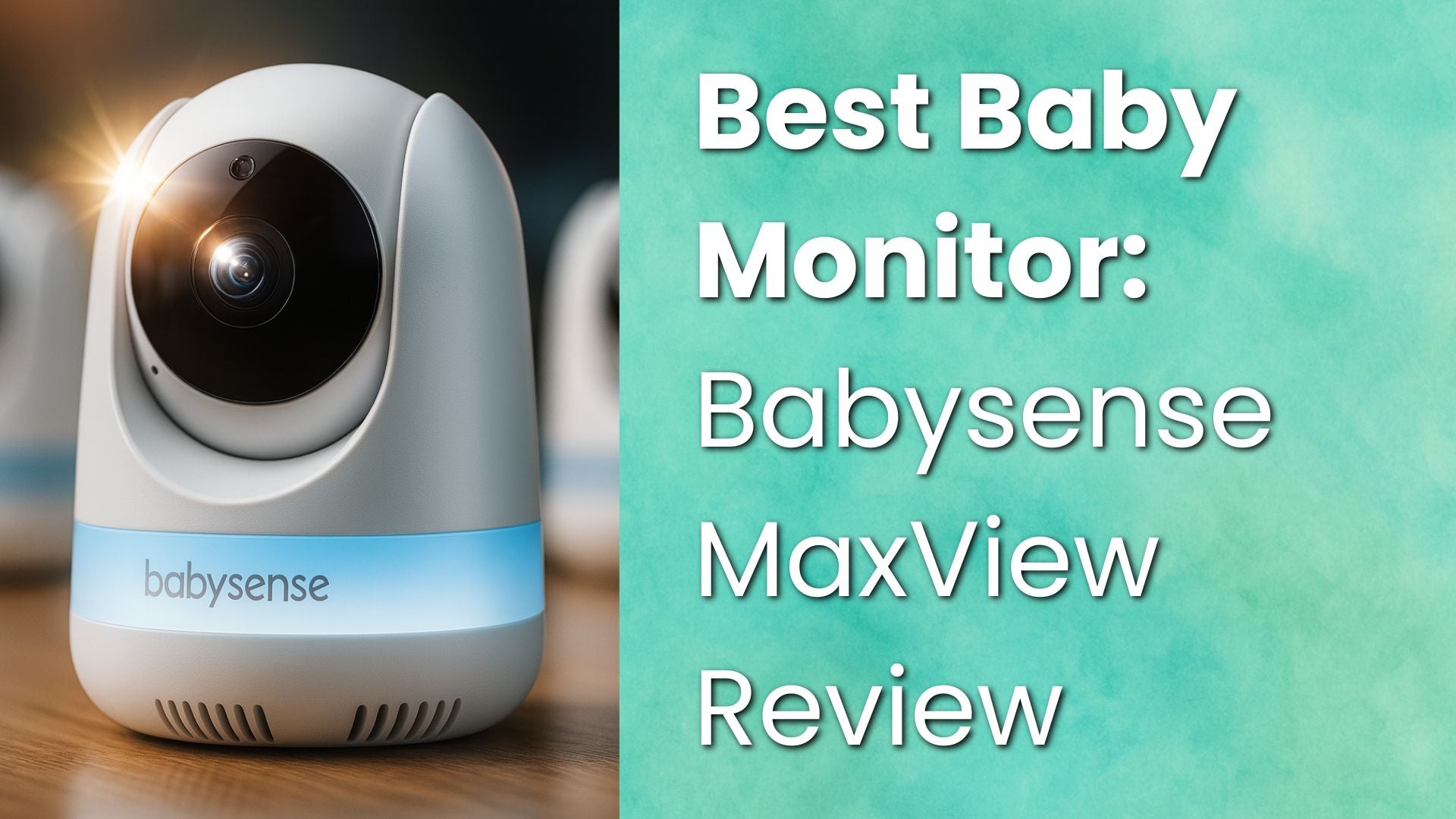Baby probiotics can support health in certain situations, but they aren’t one size fits all. The right choice depends on your baby’s needs, the specific probiotic strain, and product quality. Prebiotics feed beneficial gut bacteria and are part of the picture too.
Baby probiotics vs prebiotics in one minute
-
Probiotics are live microbes that help health only when the right strain is given in the right amount. Effects are strain and condition specific. ISAPP consensus
-
Prebiotics are food for beneficial microbes. In babies, the most important are HMOs in human milk and GOS/FOS added to some formulas. Nature review
-
Human milk contains both live bacteria and prebiotics, shaping a healthy infant microbiome. AAP Red Book
What the evidence says, by situation
1) Preterm and very low birthweight infants in the NICU
-
The American Academy of Pediatrics advises against routine probiotic use in US NICUs due to regulation, quality concerns, and rare invasive infections. AAP clinical report
-
In 2023, the FDA warned clinicians about a confirmed infant death linked to a hospital-administered probiotic. No probiotic is FDA-approved for infants. FDA safety communication
-
Outside the US, ESPGHAN supports considering select strains under strict quality controls to reduce NEC risk. ESPGHAN position
-
A 2025 Pediatrics cohort from 33 Canadian NICUs found lower mortality and rare probiotic sepsis, but results remain observational. Pediatrics 2025
Bottom line: For preterm infants, probiotic decisions belong to the NICU team.
2) Acute infectious diarrhea and vomiting in healthy children
-
ESPGHAN/NASPGHAN 2020 allows certain strains alongside oral rehydration in some settings, but benefit is modest. Guideline PDF
-
The American Gastroenterological Association advises against routine probiotic use in North America for this purpose. AGA guideline
Parent tip: focus on hydration. See our guide on baby dehydration signs and treatment.
3) Antibiotic-associated diarrhea (AAD)
-
Probiotics reduce AAD risk in children, though effect varies by strain and dose. Cochrane review, AAFP summary
-
Best-studied strains: Lactobacillus rhamnosus GG and Saccharomyces boulardii. Start early in the antibiotic course and continue briefly afterward. AAFP guidance
4) Infantile colic
-
L. reuteri DSM 17938 can reduce crying in breastfed babies with colic, but not in formula-fed babies. AAP meta-analysis, BMJ trial
For relief tips, see our soothing colicky baby guide.
5) Functional constipation
-
Current evidence does not support probiotics for treating functional constipation in children. NASPGHAN guideline, Systematic review
6) Allergy and eczema prevention
-
EAACI 2020 makes no recommendation for routine probiotic or prebiotic use in pregnancy, breastfeeding, or infancy for allergy prevention. EAACI PDF, EAACI overview
Prebiotics for babies: HMOs, GOS and FOS
-
HMOs in breast milk help shape gut and immune development. AAP Red Book
-
Many formulas add HMOs like 2′-FL or LNnT. FDA recognizes these as safe for use in term formulas. FDA GRAS
-
Prebiotic-supplemented formulas often yield softer stools and a microbiome closer to that of breastfed infants. Nutrition Reviews 2025
Choosing formula? Read our infant formula guide.
Safety, quality and regulation
-
In the US, most probiotics are supplements, not FDA-approved drugs — so quality varies. Look for strain name, CFU count at expiry, storage instructions, and third-party verification like USP Verified. NIH ODS, USP testing, USP Verified program
-
The FDA has draft guidance encouraging CFU-based labeling for probiotics. FDA draft guidance
-
Avoid routine probiotics for high-risk infants (preterm, immune-compromised, critically ill) without medical supervision. See FDA warning and AAP report.
For guidance on urgent symptoms, see when to contact a pediatrician.
Practical tips for parents
Probiotic Strain Cheat-Sheet
| Goal | Strain | Evidence Quality | Notes |
|---|---|---|---|
| Reduce antibiotic-associated diarrhea | L. rhamnosus GG, S. boulardii | High | Start early in antibiotic course |
| Ease colic in breastfed babies | L. reuteri DSM 17938 | Moderate | No benefit in formula-fed infants |
| Support healthy stooling in formula-fed | Prebiotics (GOS/FOS, HMOs) | Moderate | Softer stools, breastfed-like microbiome |
| NEC prevention in preterm infants | Select strains under NICU protocols | Varies | NICU decision only |
FAQs
Are probiotics good for all babies?
No. Benefits are condition and strain specific. Healthy term babies do not need routine supplements. Cochrane, AAP
Are HMOs in formula just marketing?
No. HMOs like 2′-FL and LNnT are FDA-recognized as GRAS for use in term infant formulas and are safe at studied levels. They support normal growth and shift the microbiome toward a breastfed-like pattern. FDA GRAS, Nutrition Reviews 2025
Could probiotics be harmful?
In healthy term infants, serious harms are rare. In high-risk infants including preterm infants, invasive infections have occurred and the FDA has warned clinicians. FDA warning, NIH ODS
What should I buy if my child is starting antibiotics?
Choose a product that names L. rhamnosus GG or S. boulardii, provides CFUs through expiry, and has third-party verification. Cochrane, USP Verified





